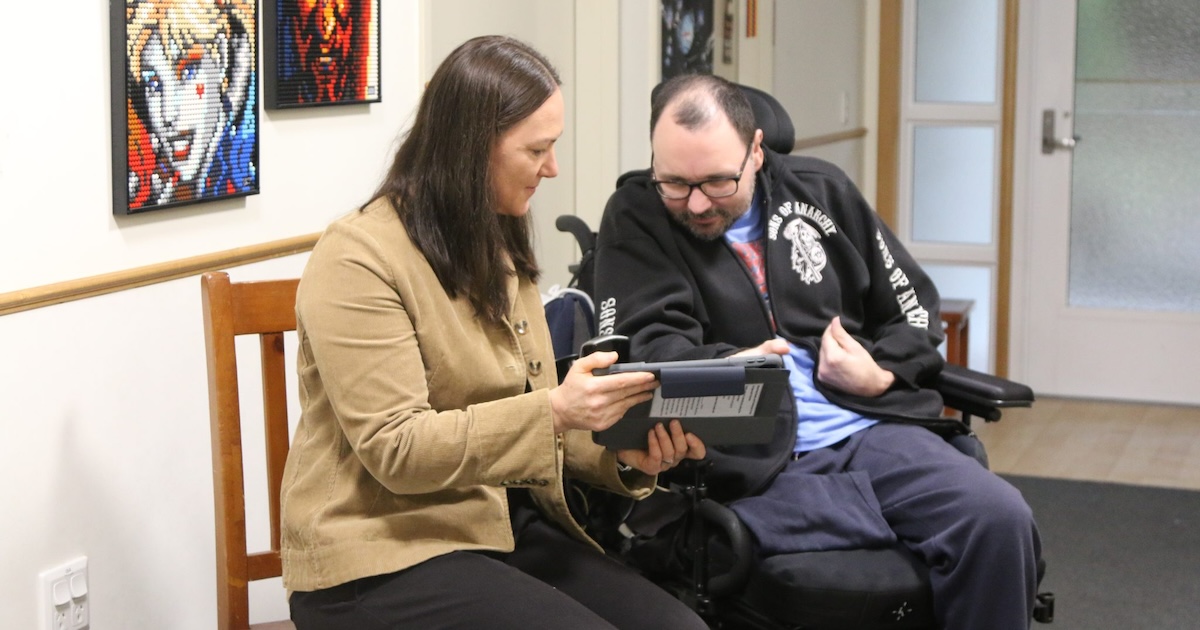In the seventh episode of the HIMSS APAC Digital Dialogue Series hosted by Dr Charles Alessi, HIMSS Chief Clinical Officer, together with guest speakers Dr Teresa Anderson, Chief Executive, Sydney Local Health District, Dr Zoran Bolevich, Chief Executive, eHealth NSW, Tim Kelsey, Senior Vice President, HIMSS Analytics International and Matt Moran, Managing Director, Australia and New Zealand, Philips had a discussion on the lessons learnt from Australia’s handling of the COVID-19.
They also spoke about the rising significance of digital health and virtual/remote care in Australia, especially in the preparation to handle upcoming waves of the pandemic.
COORDINATED RESPONSES AND COLLABORATION
“The leadership we have seen across Australia and New South Wales has been extraordinary. That’s community leadership but also within our own health service. Everyday, we’ve seen our Chief Health Officer for the Commonwealth and the Chief Health Officer for New South Wales communicate with the community at large,” said Dr Anderson.
“I think our community can be proud of the fact that listens to those message and that government listens to those messages. I think during this period, what we have seen is a high level of collaboration and camaraderie that I think is something we would like to see going forward and the community saw that. If I think about why we’re doing well (in this pandemic), it’s not because we’ve been doing well for the last four months, it’s because we have a very strong public health system with very strong public health services and units led at a ministry level but integrated across local health districts.”
“Having that hub and spoke system puts us in a really good place to be able to respond to a pandemic,” she added.
Other than the usual testing, contract tracing tools and management, together with public health measures such as social distancing that were also very much taken by other countries in terms of the pandemic response, Dr Bolevich said that what goes in parallel with that is ramping up hospital capacity and bringing it to the state of preparedness to continue to meet demand and deliver great health outcomes.
In both areas of public health measures and readiness of the acute care system, digital tools play a critical role, ranging from getting real time information, ensuring supply chains work well and engaging both the workforce and citizens.
Kelsey explained that one of the reasons why Australia has had so much success and in a strong position to manage future waves (of the pandemic) is because it started to think about digital health in a joined-up way some years ago.
“Back in 2017, Australia agreed on the first national digital health strategy, which was all of the governments in Australia putting aside some of the federation issues to look at the concept and framework for common data standards, for example and a range of other programs. Of course, the first of those was the My Health Record, which has proved to be very important during the pandemic and indeed, during the bush fire season that preceded it.”
REMOTE AND VIRTUAL CARE
Dr Anderson commented that while she may had some assumptions about who would accept RPA Virtual, a virtual healthcare and home monitoring tool, she was surprised that both older patients (as well as the young) have really been accepting of such tools and they have embraced it.
“72% of the people we have managed in the community, both in their old homes and in the special health accommodations indicated that the wearable devices were easy to use but 89% of them felt that the technology improved their access to care and treatment. So the acceptance rate is much greater,” she explained.
RPA Virtual was ramped up by early February 2020 and more than 1,000 patients are successfully managed on the platform. She said that majority (of providers) are providing some form of virtual/remote care and it is not a replacement of face-to-face care, but rather an enhancement and support to that.
“The change we have seen over the last four months has been fantastic. The teaming up and embracing of new models of care has been fantastic and we must keep that momentum – we just want to see the continued adoption but also the incentivization of adoption. We should make sure there’s the future-proofing of the health system in case of the pandemic that will come again, we need to be ready for it,” said Moran.
KEY TAKEAWAYS
“There’s opportunity for health systems to leverage from this crisis both abroad and in Australia to pick up some significant learnings, such as the ethos of agility and working together across traditional boundaries, both professional and governmental and engaging industry in a novel way,” Dr Zolevich summarized.
Dr Anderson said: “There’s no doubt that the investment in virtual healthcare is going to continue but we’ve got to do is to make sure that it is integrated into all aspects of our healthcare, not a standalone, not separate but truly integrated. We have to make sure to increase the reach to those people in our community who are most vulnerable.”
“When we think about the way people have been safeguarded through appropriate use of digital services (such as telehealth), it makes digital health a very clear and vital priority and it’s a moment that can’t be squandered,” said Kelsey.
Click here to register for the final episode of the HIMSS APAC Digital Dialogue Series.
